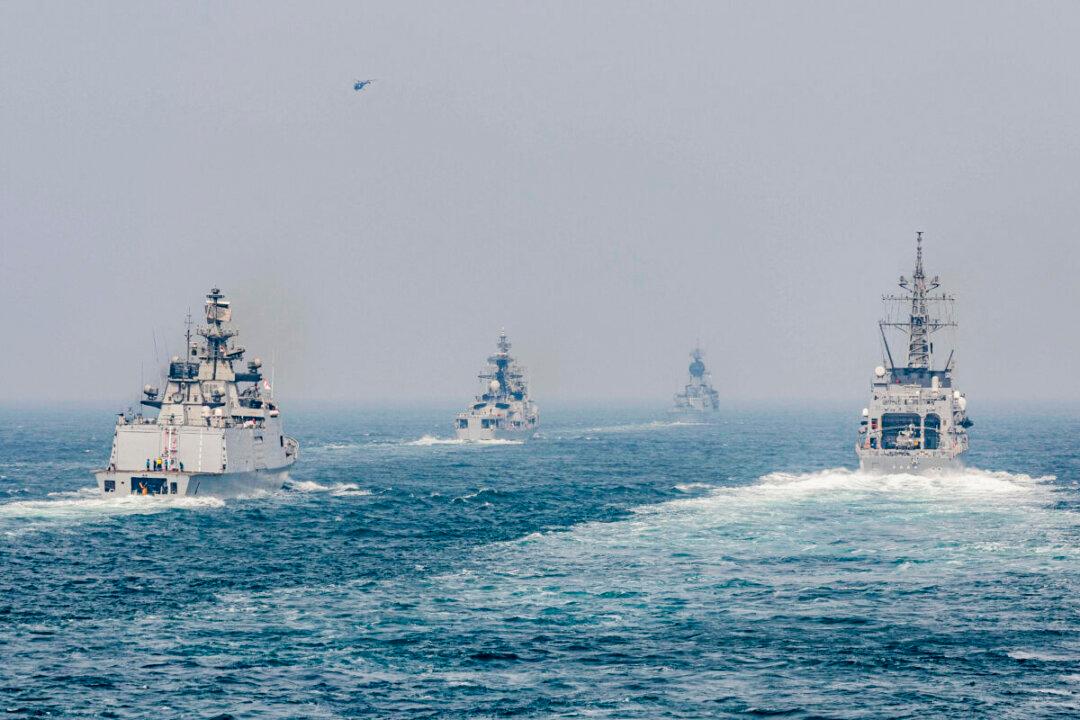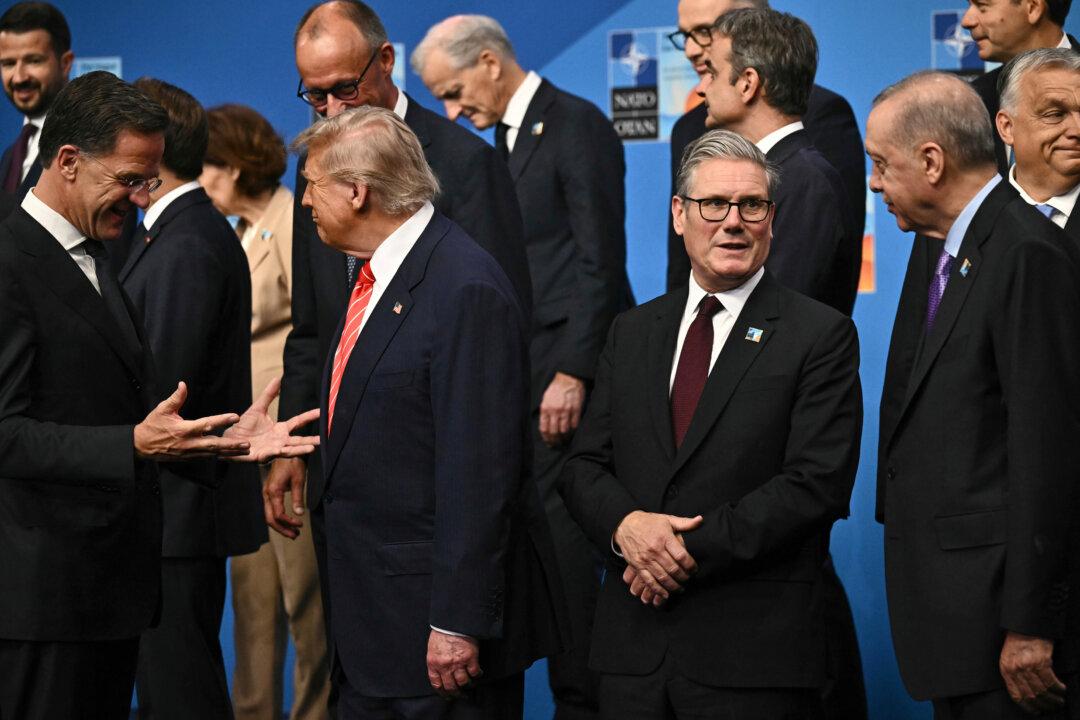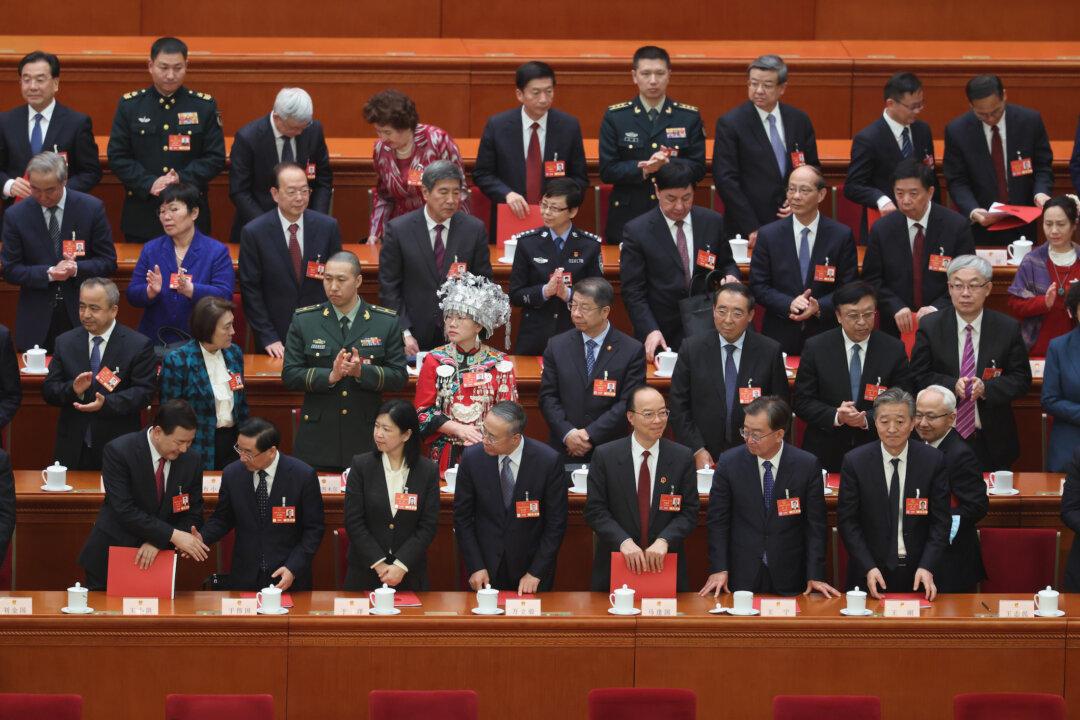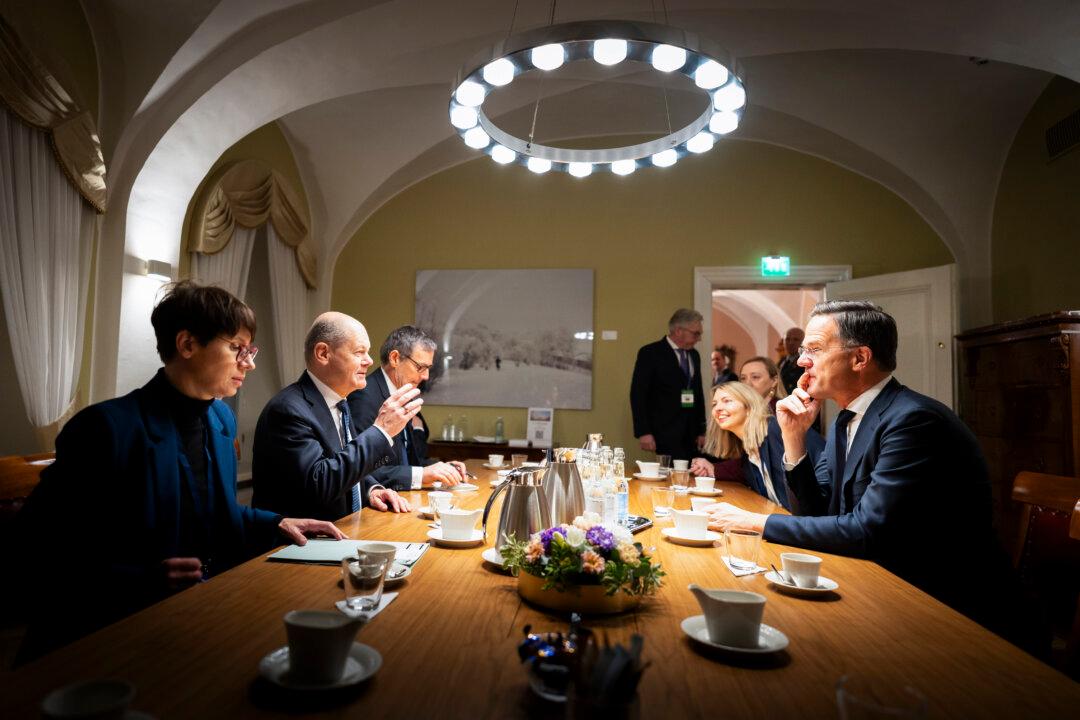Commentary
Where the recent escalation of tensions will end must be a question being asked frequently in the Chinese leadership compound at Zhongnanhai in Beijing. Though unacknowledged by Beijing, China’s increasingly strident verbal and military actions in support of its desire to annex Taiwan, by force if necessary, have resulted in closer Taiwan-Japan relations and of both with the United States that are worrisome to the Chinese leadership.





